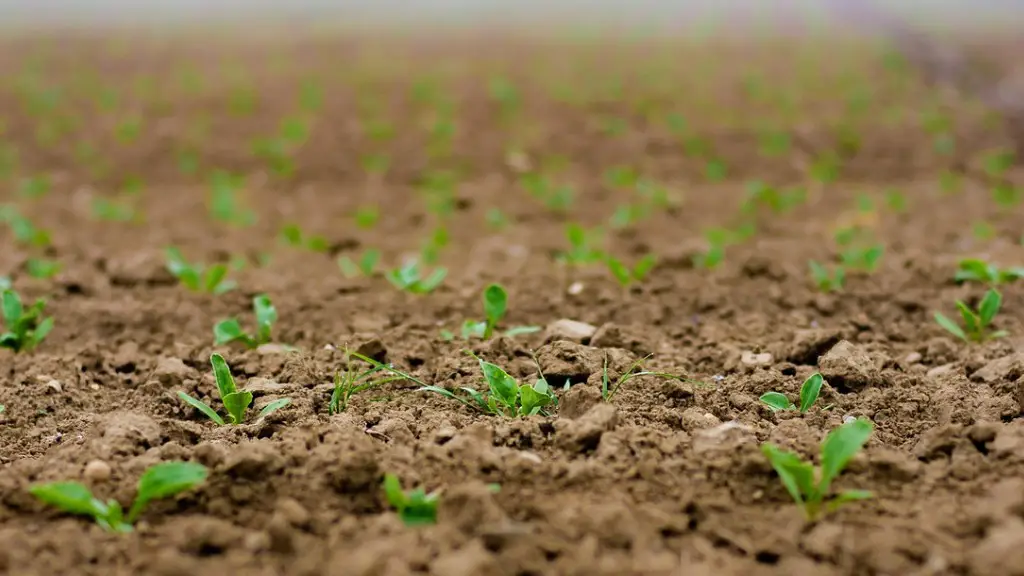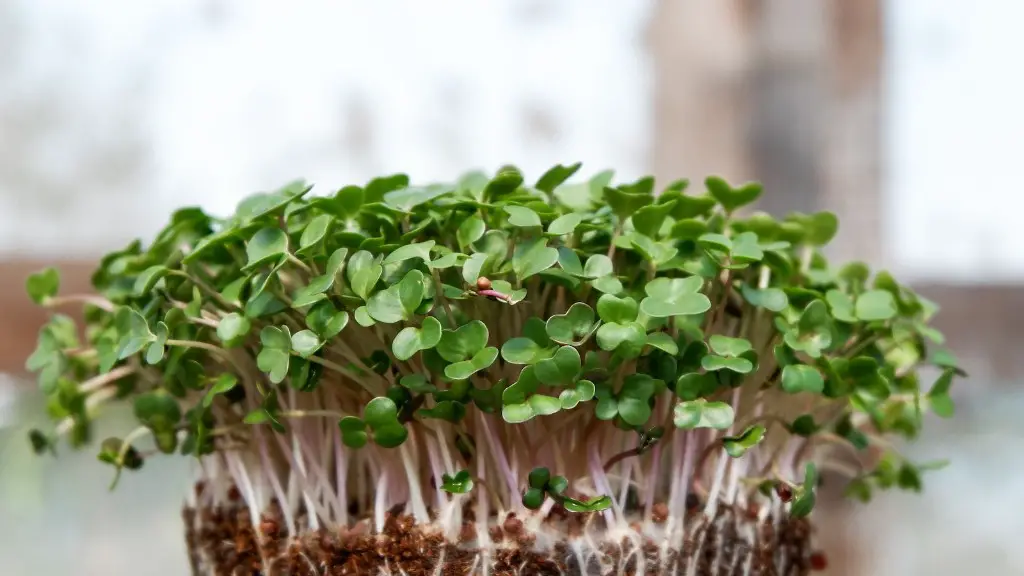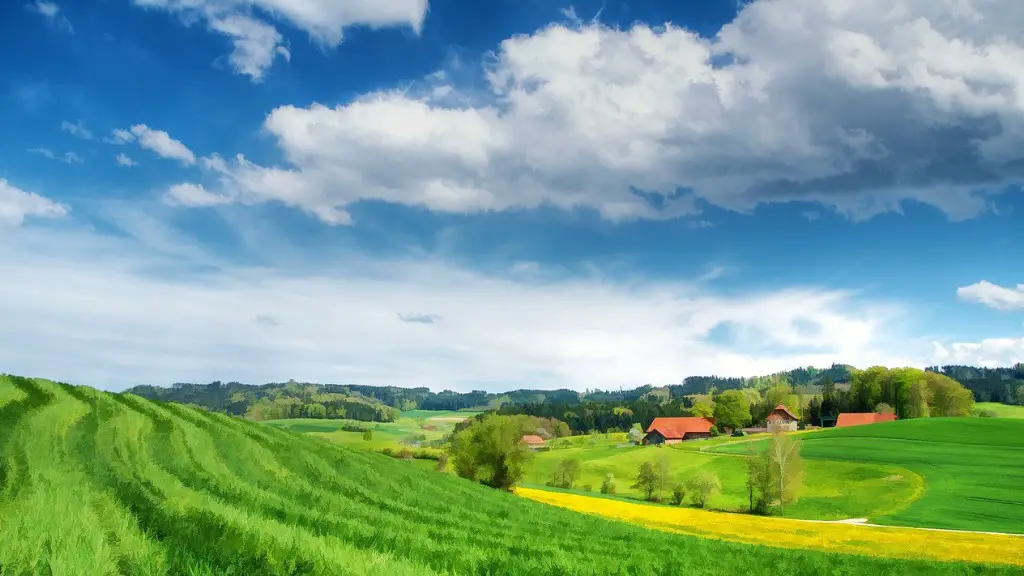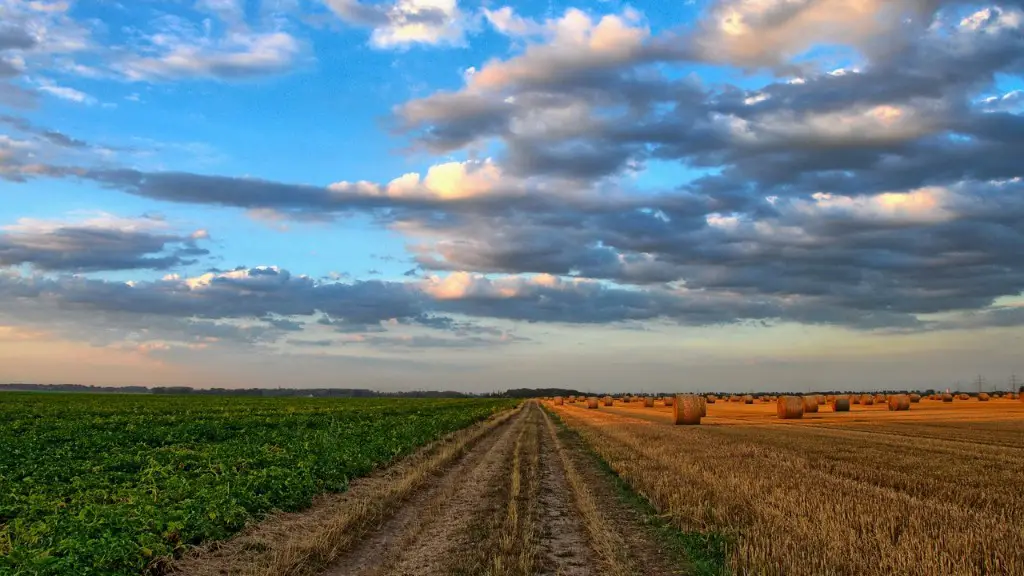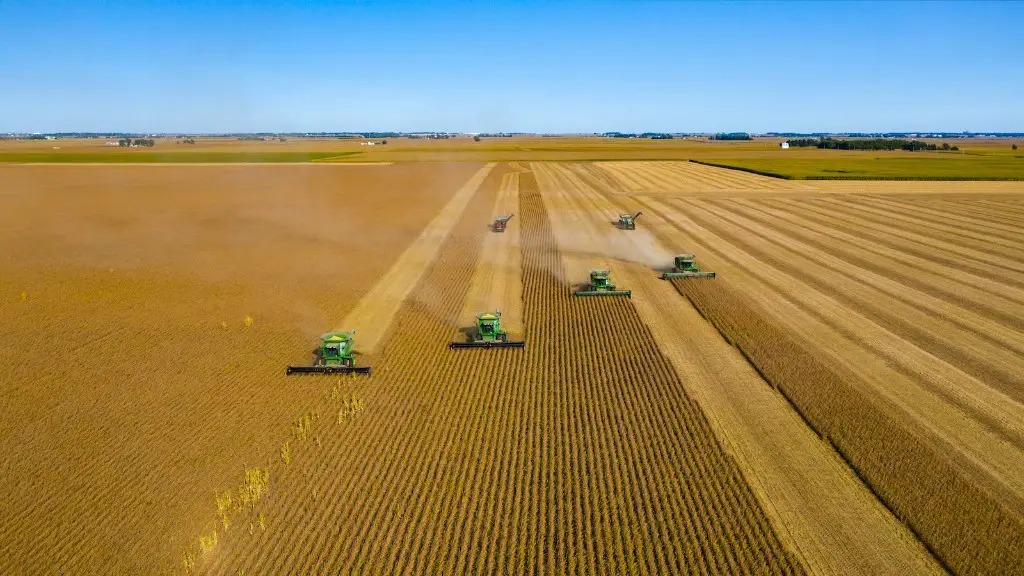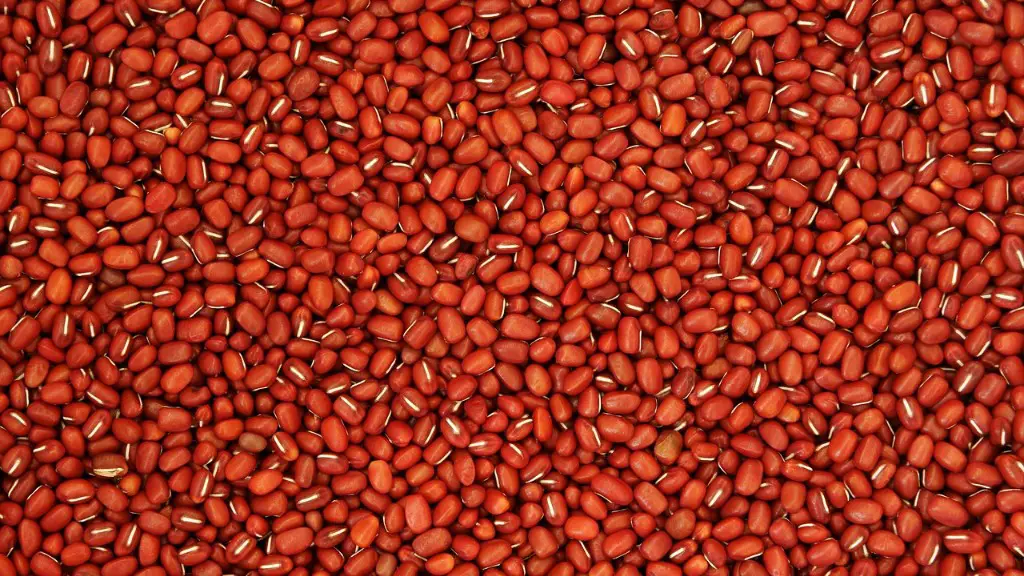Agriculture revolves around farms, and the term “farm” traditionally refers to a parcel of land cultivated for growing and harvesting various crops. But the concept of a farm has evolved over the years, to include a variety of different settings — the Mediterranean, China, India — and many more contexts. Now, it encompasses a much broader understanding, including the use of technology, management strategies, and innovative methods to produce food for human consumption, fuel for transportation, as well as raw materials for industry.
In general, a farm is characterized as a large piece of land or agricultural endeavor dedicated to growing crops and/or livestock. For example, a dairy farm may produce milk and cheese; a poultry farm may focus on the production of eggs, chickens, and turkeys; and an aquaculture farm may generate fish and other aquatic species. Devices such as irrigation systems and machinery may also be used to improve agricultural production.
Farms also have a broader role in society, beyond their purpose for food production, as they nurture social and educational values. For instance, many farmers donate or reduce the cost of their products to those in need and leverage their expertise to educate the public about the importance of environmentally- and community-friendly production practices. Some farms provide family-friendly activities and educational tours, or offer volunteer opportunities.
When discussing farm management and operations, one must consider a farmer’s capacity for organization, risk management, marketing and finance. Successful farms have a long-term plan for growth, which often includes strategies for weathering market changes, identifying and taking advantage of economic opportunities, conserving resources, and dealing with unexpected issues. Today’s farm industries are demanding and complex, which is why many farmers seek assistance from agricultural consultants and other experienced advisors.
In addition, most farms have adapted to the ever-changing technological landscape by utilizing websites, mobile applications, and other digital tools to promote their services, track their inventory, and even facilitate the direct sale of their products. Needless to say, maintaining a modern farm takes a lot of hard work and dedication, but it is also highly rewarding.
Types of Farming
The type of farm chosen by a prospective farmer depends largely on the resources available, their interests, and the local climate. Common types of farming include commercial crops, livestock, aquaculture, small-scale vegetable gardens, and even beekeeping. In regions where the climate allows for it, large-scale farms primarily involve commodity crops for human consumption — such as rice, wheat, corn, peanuts, and soybeans — as well as cotton, tobacco, sugarcane, and other crops used for a variety of industrial products.
More temperate climates host a range of agricultural operations — such as poultry, dairy, and small-scale vegetable farms — as well as vineyards and orchards. Colder climates generally specialize in small-scale vegetable farms, livestock, poultry, and dairy farms. As food production becomes more advanced and modernized, more large-scale farms are able to safely and efficiently grow a variety of crops in even the most extreme environments.
Farmers must pay special attention to the external forces that affect the success of their endeavor. These forces can include the availability of resources, market demands and prices, consumer preferences, the existence of pests and diseases, the cost of inputs, the current environmental conditions, government regulations, and the current laws and policies of local, national, and international organizations.
By utilizing the best techniques and ideally fitting selection of what to grow, a farmer can increase their chances of success. For example, soil quality, crop rotation, and careful pest management all promote long-term sustainable farming — but each region has its own unique set of conditions, rules, and regulations that must factor into any farming operation.
When it comes to the world of farming, knowledge is power. It is essential to continue to learn, grow, and take the necessary steps to ensure success.
Adopting New Technologies
Modern technologies that are being adopted by many farms today include the usage of computer systems, GPS systems, and drones. Advancements in artificial intelligence, automated systems, and machine learning are being utilized to help farmers in a variety of ways, ranging from analyzing and forecasting crop yields to controlling pollutants and pesticide use.
Big data has also increased the capacity for farmers to analyze their operations and makes decisions faster, giving them the ability to adapt to changing market conditions. For instance, sensor-based big data can help farmers measure parameters such as soil moisture, livestock health, and irrigation patterns. This helps ensure that farms are efficient and profitable.
The use of modern technology is becoming increasingly prevalent in the farming world. With the proper technology in place, farmers can use sophisticated machinery and increase their overall efficiency. They can also easily manage their resources and track changes in the climate and market.
In addition, by utilizing such techniques as cloud computing and advanced data analytics, farmers can better predict weather events and harvest times to increase yields and minimize losses. This ensures that farmers are able to maximize their profitability while adhering to sustainable practices.
The technological advancements in agriculture have made farming much more efficient, which has lead to higher yields and lower costs of production. As farming technologies become even more advanced, farmers are poised to benefit from the greater degree of control, insight, and efficiency these new techniques provide.
Farming for a Sustainable Future
Organic farming, also known as sustainable or regenerative farming, is an approach to farming that seeks to work with natural ecosystems instead of against them. It aims to reduce the use of toxic chemicals and fertilizers while minimizing soil and water degradation. Organic farms prioritize sustainable practices, creating a healthier and more balanced environment.
Organic farmers also engage in resource conservation, focusing on practices such as cover crops, water-saving irrigation systems, composting, and crop rotation, which reduce the need for additional inputs. By creating a more sustainable agricultural landscape, the organic farming approach helps reduce the impact industrial farming can have on the environment.
Sustainable agriculture, like organic farming, is becoming increasingly important for food security, resource conservation, and long term sustainability. It involves leveraging technology, efficient production methods, and focusing on crop diversification. This approach is important for environmental conservation as it reduces the amount of resources needed for food production, reduces the need for synthetic pesticides, and minimizes soil erosion.
When it comes to the future of farming, many experts argue that sustainable agriculture is the way forward. Farmers must strive to produce food in a way that minimizes environmental damage and responsibly manage the land, air, and water resources.
By utilizing the best available tools, technology, and practices — and optimizing the resources available to them — farmers around the world can help shape a greener and more sustainable future.
Conclusion of Farming
The term “farm” can understandably be interpreted differently by different people, but it still encompasses a variety of settings and activities that are all necessary for food production and sustainability. Farmers face ever-evolving market demands and struggles that bring with them a need to produce crops at larger scales, yet still sustainably. Fortunately, modern technological advancements can help make farming more efficient, profitable, and sustainable.
Organic and sustainable farming are becoming increasingly important for long-term sustainability, food security, and for preserving resources. Farming techniques such as cover crops, water-saving irrigation systems, and crop rotation reduce the amount of resources needed for food production and can help reduce environmental damage.
To summarize, the term “farm” encompasses a much larger concept than simply growing food crops and is becoming more advanced with the help of ever-evolving digital technology. With the right techniques and long-term goals, farmer should be able to maximize profits and produce food sustainably.
